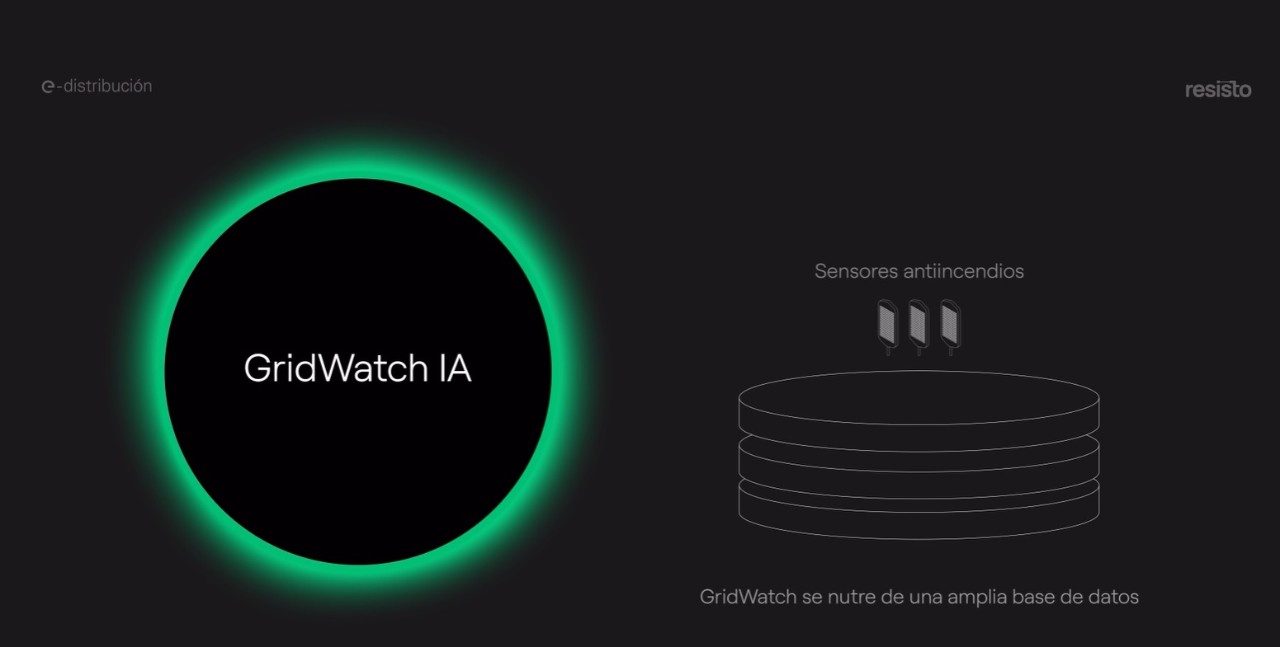RESISTO Project, improving the resilience of the distribution network
Launched in the surroundings of the Doñana National Park
It responds to extreme weather events by assisting in the environmental management of the park.

e-distribución is leading the RESISTO project, financed by the European Union with the NextGenerationEU funds, in the Doñana National Park environment, which aims to improve the resilience of the electricity distribution network to extreme weather events and help in the environmental management of the park, through the use of new innovative technologies, taking advantage of and maximizing the intelligence and flexibility in distribution networks in an integrated manner.
The project pivots on the concept of Resilience in the distribution network, considering not only climatic events (water, wind, fire) but also physical (humans, animals, etc.). In this line, RESISTO presents innovations and new developments in all the conceptual phases of resilience (Planning, Response, Recovery, and Adaptation).
In order to meet this challenge, RESISTO has defined the following objectives:
- Develop a risk and vulnerability assessment tool for the electrical distribution network with different time horizons,
- To develop and apply all the necessary technology to increase the monitoring and control capacity of the electrical distribution network and its area of influence.
- Optimize the use of the infrastructure, improving its use, efficiency, and safety.
- Application of advances in the field of digitalization, through the Internet of Things (IoT), intelligent and autonomous drones, cloud platforms, Artificial Intelligence (AI), and 3D visualization systems.
- Demonstrate developments by implementing and validating prototypes in a real pilot area.
Additionally, RESISTO wants to become a reference project in the field of grid resilience, potentially applicable to other critical infrastructures. Therefore, the project has a relevant dissemination and communication plan, in order to ensure that the developments reach the maximum possible public, including industry, researchers, and the general public.
To achieve the objectives set out in the project, e-distribution will implement and rely on new technologies that contribute to the digitization of networks, which are mainly:
- Artificial intelligence (machine learning and deep learning).
- Autonomous drones.
- Thermographic cameras.
- Smart sensors.
- Weather stations.
- Internet of Things (IoT).
- Massive data and information processing technologies.
- High-performance computing.
- Cloud computing.
- Virtual and augmented reality, special effects, and simulation.
The use of these technologies will allow e-Distribución to implement early detection and warning systems, in order to take preventive measures to mitigate the consequences of extreme events, as well as to develop and apply the necessary technology to increase the monitoring and control capacity of the electric distribution network.
In addition, it will allow optimizing the capacity of the existing infrastructure and minimization of investments in new network infrastructure, through developments in advanced control and management systems and further implementation of digitalization technologies and the use of new sensors based on the Internet of Things (IoT) for the measurement of environmental variables.
The application of aerial robots, or intelligent drones, will facilitate the validation and verification of certain warnings, with the aim of minimizing the risk to company personnel and reducing response time. In addition, algorithms powered by artificial intelligence will be developed to enable more efficient risk management and 3D visualization systems will be incorporated to facilitate identification by controllers.
Thanks to the anticipation of disruptive events, response times to potential consequences will be reduced, as action protocols will be prepared to act at the optimum moment. In addition, time will be saved thanks to the monitoring and automatic detection of risk sources by means of intelligent sensors, predictive algorithms, and autonomous aerial robots, by always anticipating the first human warning of a disruptive event.
All of the above will contribute to better management of the networks and, therefore, to a better quality of electricity supply to our customers, the company's main driving force.

